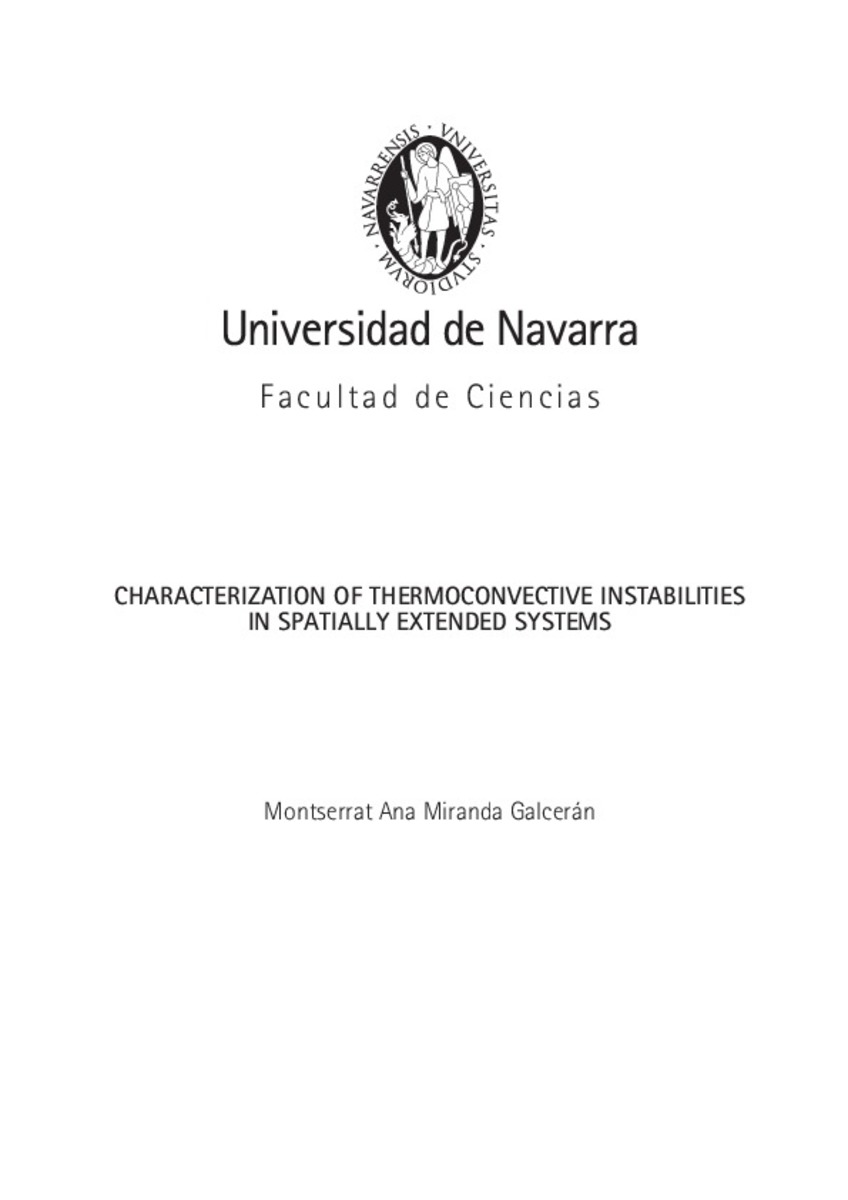Characterization of thermoconvective instabilities in spatially extended systems
Palabras clave :
Materias Investigacion::Física
Fecha de publicación :
2010
Fecha de la defensa:
jun-2009
Editorial :
Departamento de Física y Matemática Aplicada. Universidad de Navarra
Cita:
MIRANDA GALCERÁN, Montserrat Ana. “Characterization of thermoconvective instabilities in spatially extended Systems”. Burguete Mas, Javier. Tesis doctoral. Universidad de Navarra, Pamplona, 2009
Aparece en las colecciones:
Estadísticas e impacto
0 citas en

0 citas en

Los ítems de Dadun están protegidos por copyright, con todos los derechos reservados, a menos que se indique lo contrario.









